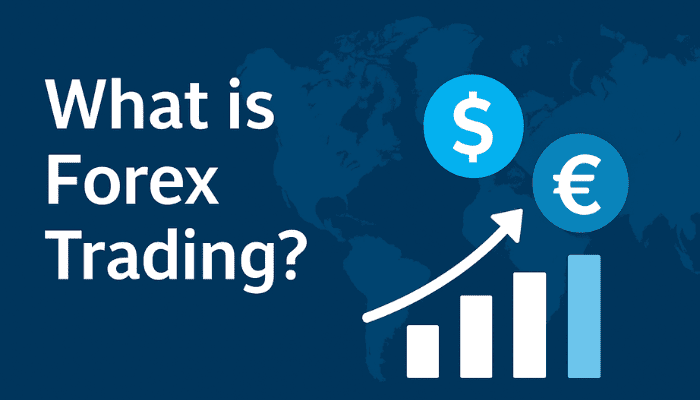
Forex trading, also known as foreign exchange trading, is the buying and selling of currencies to make a profit. It’s the world’s largest financial market, where trillions of dollars move every single day.
Understanding Forex
Imagine walking into a currency exchange shop at the airport. You hand over Kenyan shillings and get US dollars in return. A week later, you return and find the dollar has become more expensive — if you exchange back, you’ll get more shillings than before. That’s essentially forex trading: profiting from changes in currency prices.
The forex market operates 24 hours a day, 5 days a week, across major financial hubs like London, New York, and Tokyo. It’s a decentralized market — meaning there’s no single building or exchange where all trades happen. Instead, trading is done online between banks, brokers, companies, and individual traders like you.
Why is Forex so popular?
- High liquidity — you can enter and exit trades quickly.
- Accessibility — you can start with a small account and trade from anywhere with the internet.
- Opportunities in both rising and falling markets.
Example:
If you believe the value of the Euro will rise against the US Dollar, you can buy EUR/USD. If the Euro’s value increases, you make a profit. If it drops, you lose money.
However, it’s important to remember that forex trading carries risk. Just as you can make money, you can also lose money if the market moves against you. The goal of this course is to teach you how to manage that risk and trade smartly.
Key Takeaways
- Forex = foreign exchange, buying and selling currencies.
- It’s the largest market in the world, open 24/5.
- Profit comes from price changes between currency pairs.
- Accessible but requires knowledge and discipline.